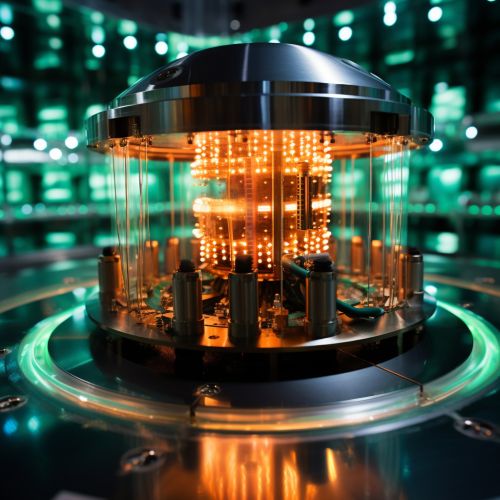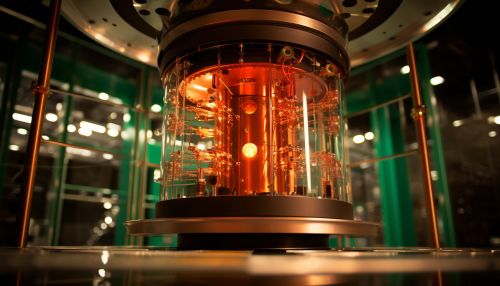Neutrino
Introduction
A Neutrino is a subatomic particle that is very similar to an electron, but has no electrical charge and a very small mass, which might even be zero. Neutrinos are one of the most abundant particles in the universe. Because they have very little interaction with matter, they are incredibly difficult to detect. Neutrinos are denoted by the Greek letter ν (nu).


History
The existence of neutrinos was first postulated by Wolfgang Pauli in 1930 to explain the continuous spectrum of beta decay, the emission of electrons or positrons from the nucleus of an atom. The term neutrino was coined by Enrico Fermi, who developed the theory of beta decay and used it to describe these particles.
Properties
Neutrinos are elementary particles that interact only via the weak subatomic force and gravity. The mass of the neutrino is much smaller than that of the other known elementary particles. Although only differences of squares of the three mass values are known as of 2018, cosmological observations imply that the sum of the three masses must be less than one millionth that of the electron.
Types of Neutrinos
There are three types, or "flavors", of neutrinos: electron neutrinos, muon neutrinos, and tau neutrinos. Each type is associated with an antiparticle, called an "antineutrino", which also has neutral electric charge and half-integer spin.
Neutrino Sources
Neutrinos are created as a result of certain types of radioactive decay, or nuclear reactions such as those that take place in the sun, in nuclear reactors, or when cosmic rays hit atoms. About 65 billion (6.5×10^10) solar neutrinos per second pass through every square centimeter perpendicular to the direction of the sun in the region of the Earth.
Neutrino Oscillation
Neutrino oscillation is a quantum mechanical phenomenon whereby a neutrino created with a specific lepton flavor (electron, muon, or tau) can later be measured to have a different flavor. The probability of measuring a particular flavor for a neutrino varies periodically as it propagates. Neutrino oscillation is of theoretical and experimental interest since observation of the phenomenon implies that the neutrino has a non-zero mass.
Detection
Because neutrinos are electrically neutral and interact only weakly with other particles, they are exceedingly difficult to detect. Neutrino detectors are often built underground to isolate the detector from cosmic rays and other background radiation.
Importance in Science
The study of neutrinos is important in particle physics because neutrinos' properties and behavior may shed light on some of the laws of physics that are not yet fully understood. For example, the discovery of neutrino oscillation has indicated that neutrinos have mass, which is not accounted for in the Standard Model of particle physics.
